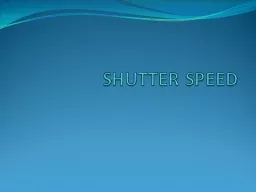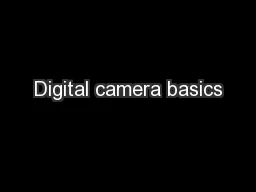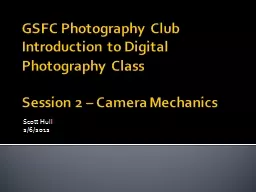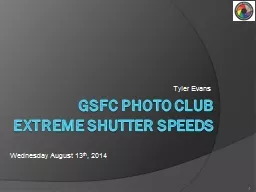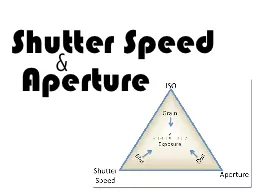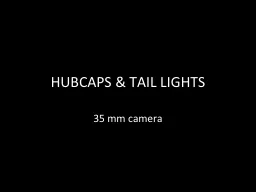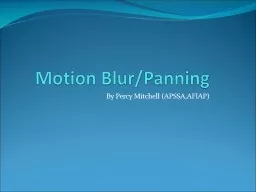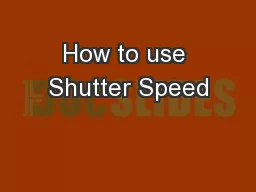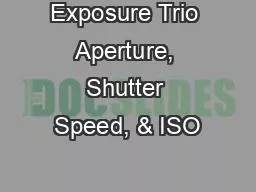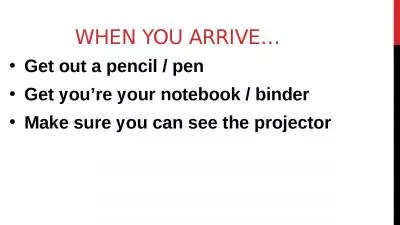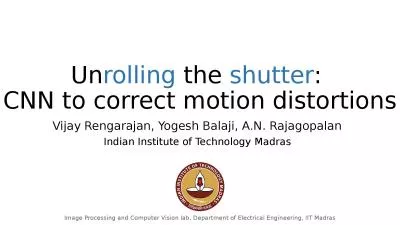PPT-SHUTTER SPEED
Author : myesha-ticknor | Published Date : 2016-07-12
CAPTURING MOTION IN TIME A photograph is a single pointintime representation of our everchanging world When capturing a moment how do you capture the feel of movement
Presentation Embed Code
Download Presentation
Download Presentation The PPT/PDF document "SHUTTER SPEED" is the property of its rightful owner. Permission is granted to download and print the materials on this website for personal, non-commercial use only, and to display it on your personal computer provided you do not modify the materials and that you retain all copyright notices contained in the materials. By downloading content from our website, you accept the terms of this agreement.
SHUTTER SPEED: Transcript
Download Rules Of Document
"SHUTTER SPEED"The content belongs to its owner. You may download and print it for personal use, without modification, and keep all copyright notices. By downloading, you agree to these terms.
Related Documents

